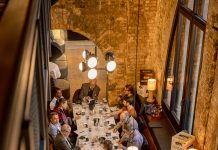Berlin, Germany (Gastrosofie). The consul was the person who reached the highest office in the Roman Empire. The consuls, who were elected by the popular assembly known as the comitia centuriata, were the highest officials in Rome. Lucius Iunius Brutus is considered the first consul of Rome. At the time, consuls belonged to the patrician class, i.e. the aristocratic upper class in ancient Rome.
The term consul and consulate has survived to this day. The French Consulate is particularly well known. From 10 November 1799 to 1 December 1804, Napoleon Bonaparte acted as First Consul until he ended this himself by crowning himself Emperor on 2 December 1804 and the First Empire replaced the French Consulate. Incidentally, the transition from the Directory to the Consulate took place through a coup d’état. The coup d’état of the 18th Brumaire VIII on 9 November 1799 marked the end of the French Revolution. French cuisine remained, although it also, later but not recently, underwent a revolution, so that now we speak not of haute cuisine and grand cuisine, but of nouvelle cuisine.

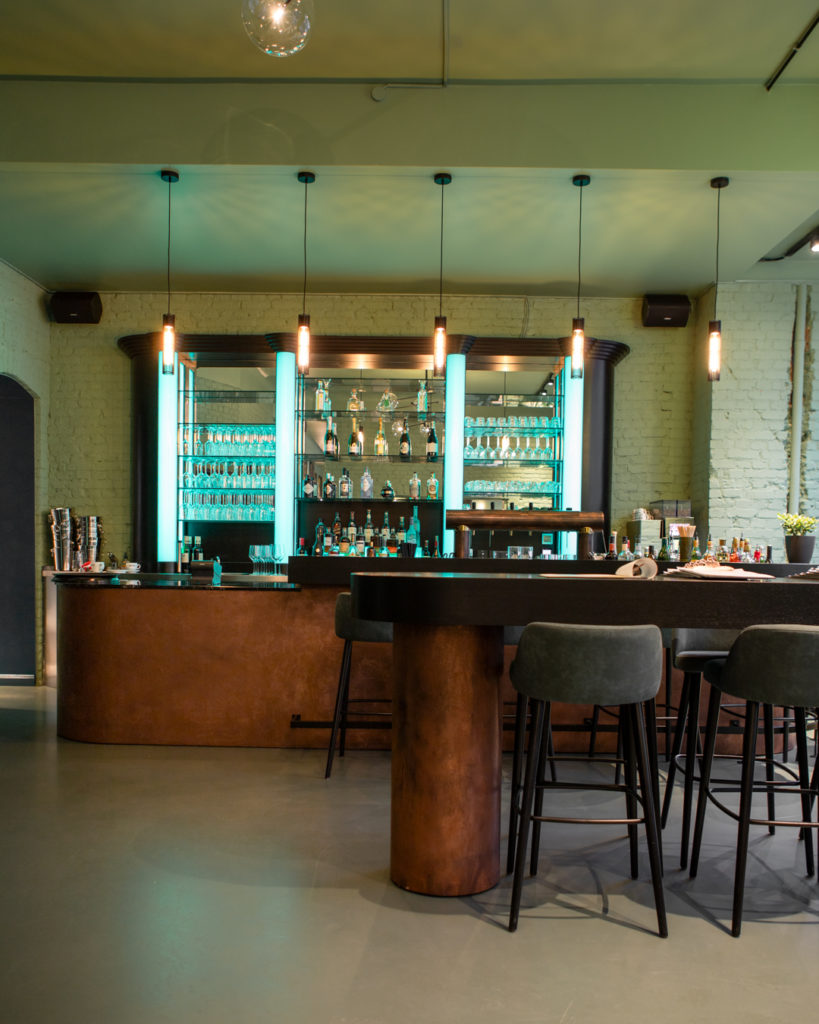
Haute cuisine, grand cuisine and nouvelle cuisine
Well-known and world-famous chefs such as Marie-Antoine Carême and Auguste Escoffier as well as the gourmet and author Jean Anthelme Brillat-Savarin with his work „La Physiologie du Goût“ epitomize fine cuisine and the high art of cooking. The period of haut cuisine is that of the 18th century up to the French Revolution from 1789 to 1799.
The cooks who had been employed by the nobility had to set up their own business being unemployed. They founded restaurants. Grande cuisine, also known as cuisine classique, lasted a good 170 years, i.e. until 1971. Nouvelle cuisine also originated in the République Française. Probably its most famous chef is Paul Bocuse, who was born on 11 February 1926 in Collonges-au-Mont-d’Or near Lyon and died there on 20 January 2018. Connoisseurs and critics who thought highly of themselves at the time would visit the world-famous restaurant L’Auberge du Pont de Collonges at least once in their lives.
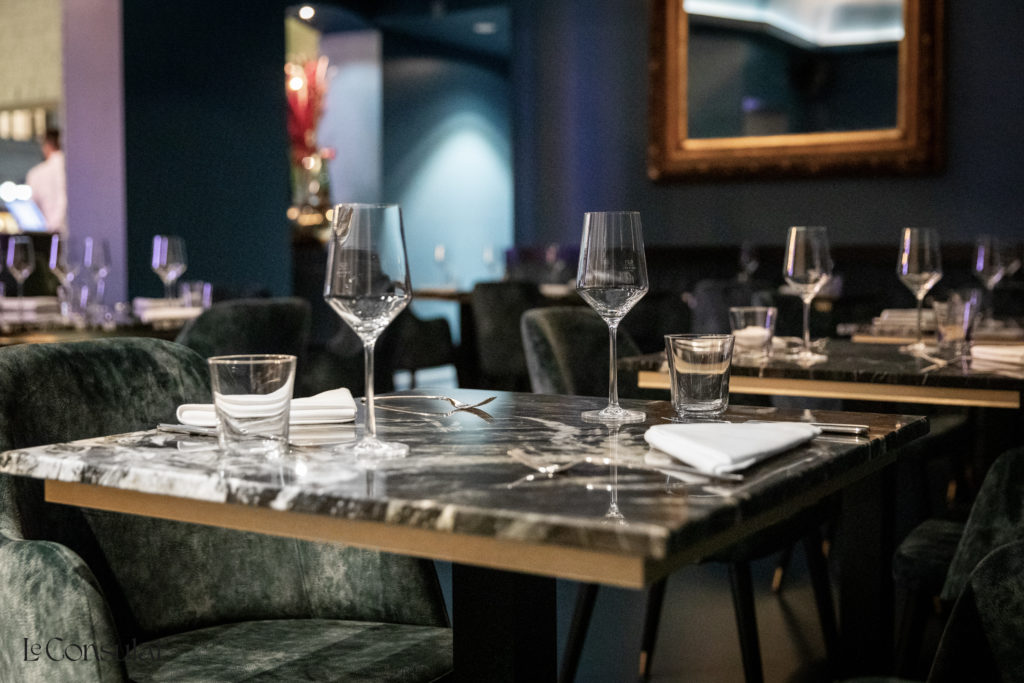
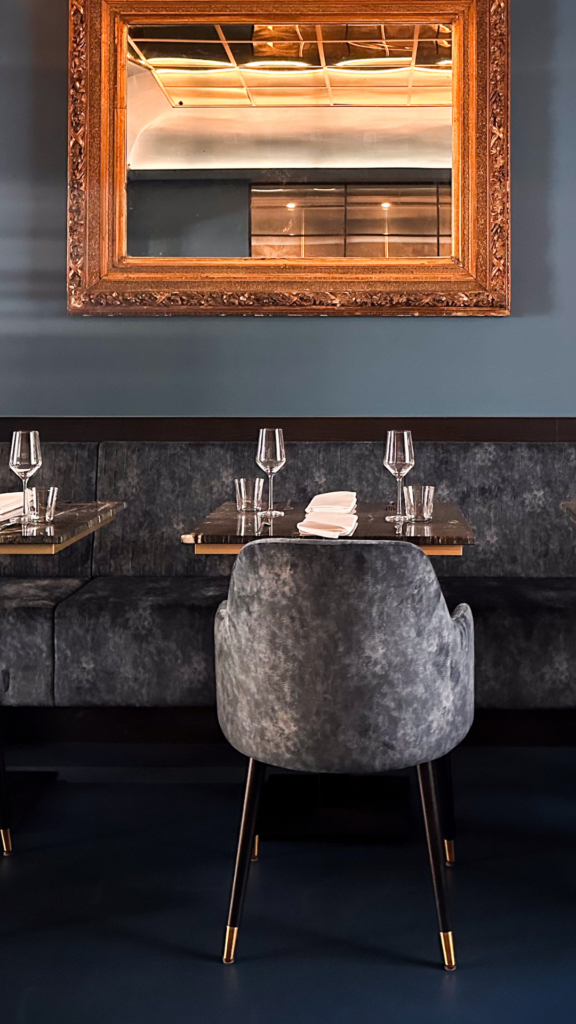
Le Consulat
Anyone who visits „Le Consulat“, which is supposed to be a mixture of bistro and restaurant in the heart of Charlottenburg, will be surprised that there is no french blue, white or red, but plenty of green and elegant glamour. Smartly dressed waiters add to the upmarket ambience.
Hors d’œuvre
Although the chefs at Berlin restaurant Le Consulat do not ignore Brillat-Savarin, they seem to take their cue from Bocuse. The hors d’œuvre starters include chicken liver parfait in a glass – with a hint of cognac, pavé au levain and poivre rose. The „Escargots à la bourguignonne“ are six snails au gratin in herb butter, Burgundy style.
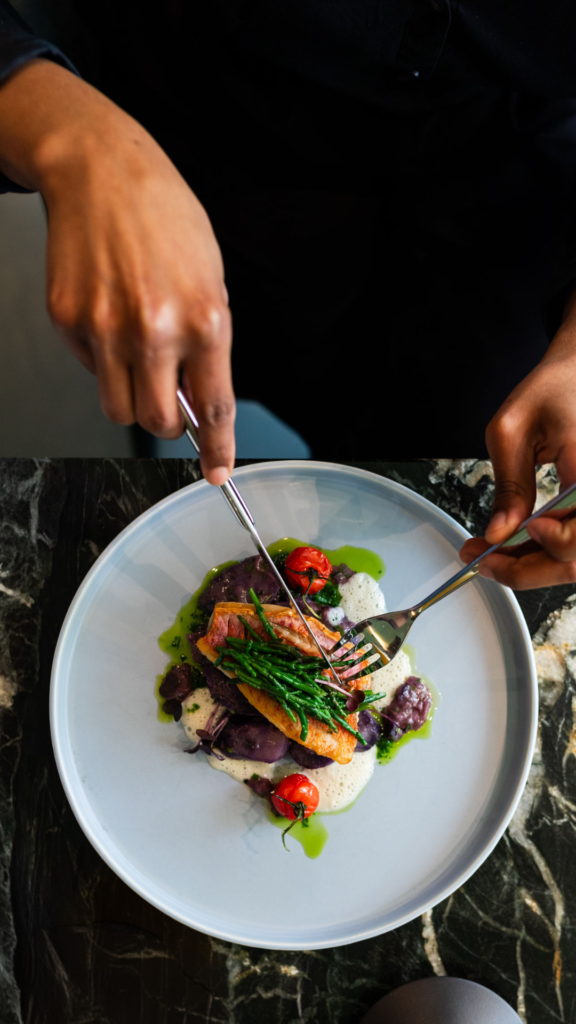
Délices de la Mer
Des Délices de la Mer – that sounds classic. Both the bisque de fruits de mer, the fish soup with a selection of different fish and seafood, and the fillet de sandre, which is likely to be particularly popular with Berliners and Brandenburgers, because nothing beats a quick fillet of freshly caught pike-perch in the Havel. It goes without saying that sugar snaps or pea puree fit in well with it, but both at the same time?
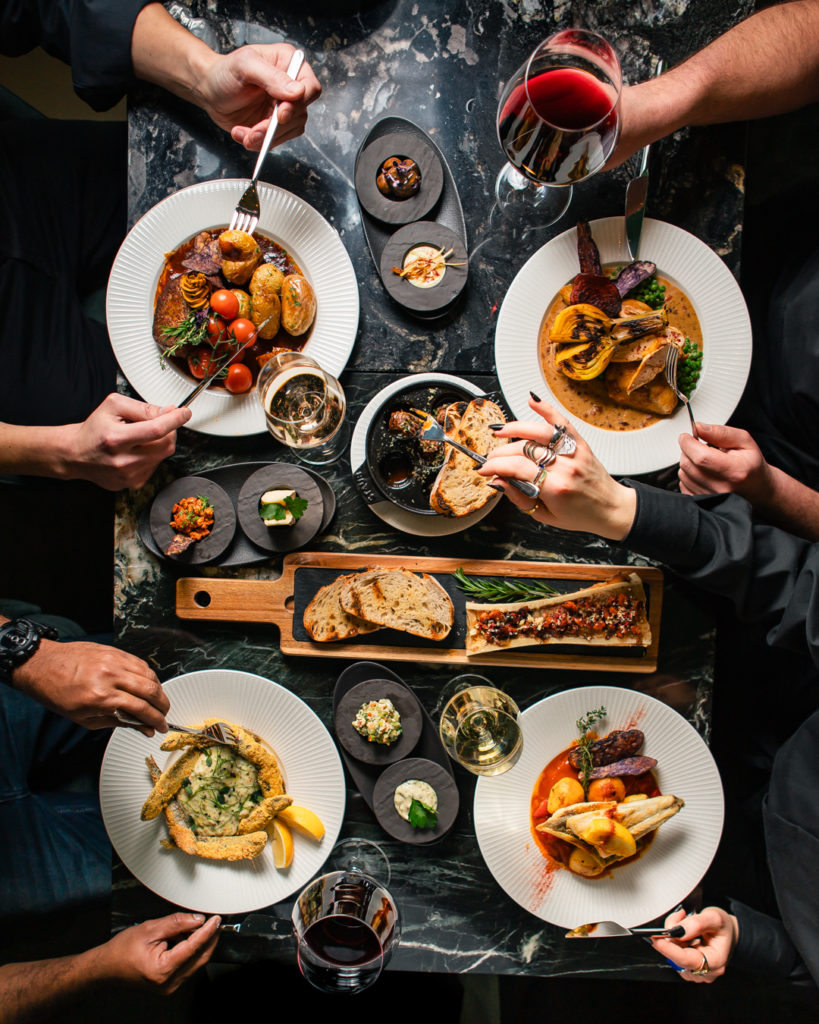
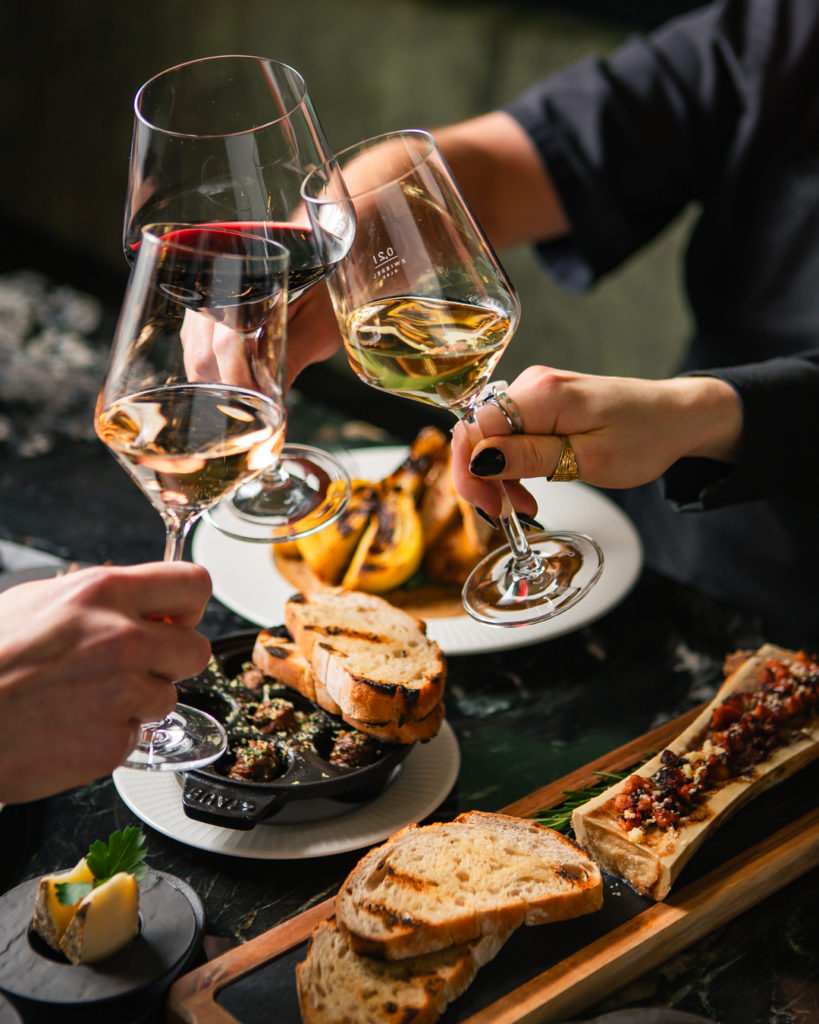
Plats principaux
The main courses called plats principaux are currently a steak au poivre and fillet of beef with pepper sauce, green asparagus, rosemary potatoes and honey tomatoes, as well as an oeuf poché pané (baked poached eggs with spinach salad, sourdough bread, Grana Padano and balsamic vinegar).
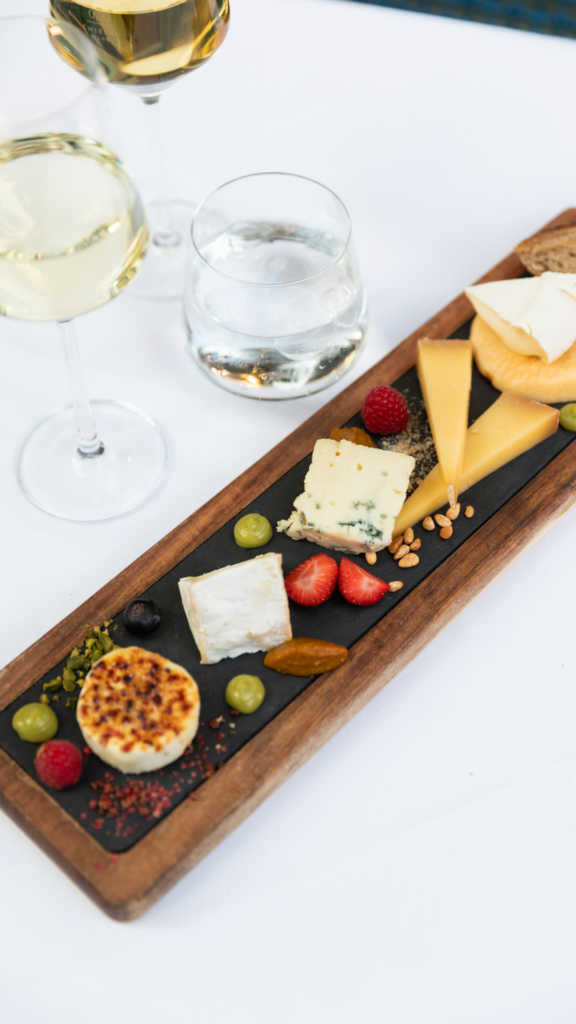
Entre-temps
How about some classics like Alsatian tarte flambée and cheese in between? Pavé au levain (sourdough bread, sea salt butter and olive oil) will do the trick. Rôti de boeuf would be nice as well as
Dessert
A chocolate mousse is currently on the menu, made with dark Callebauld chocolate and dulce de leche. A crème brûlée with fresh berries is also delicious – no doubt about it. And that is also a classic.
This dessert made from egg yolk, cream and sugar, which is not only flavored but also caramelized, makes you want to run like the last polymath. That’s right, we’re talking about Leibniz, Gottfried Wilhelm Leibniz. My Leibniz would have enjoyed haute cuisine, grand cuisine and nouvelle cuisine and, like the consul Napoleon Bonaparte, would have liked to eat in the
Le Consulat
Adress: Leibnizstraße 46, 10629 Berlin
Contact: Phone 030 28645269, E-mail: reservierung@le-consulat.de
Website: le-consulat.de
Remark:
The research was supported by Leibniz Gastro GmbH.




